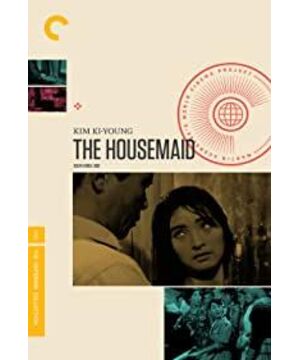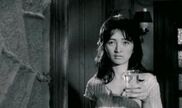Whether it is from the social environment at the time or the content of the film itself, it focuses on the class differentiation and class anxiety in the early stage of rapid economic development, but the director only dares to visualize this anxiety on a few women, especially middle-class wives And the servants of the lower class, and even the actress who played the lower daughter was forced to disappear because of this film.
In a patriarchal society, the competition for class attributes between men has been dissolved in this way. Therefore, if the hero looks passive and cowardly, he must be described as a last resort. He is the "destroyed" one, and even in the end he You can also complain about your wife, but he is still noble when he comes - he will die by his wife's side.
The unstable and precarious middle class needs to be wary of lower-class women? Directing this kind of nervous and anxious emotional outlet to the inferior woman itself reflects the misogyny complex of East Asian society from beginning to end.
Except for the innovation of space setting and audio-visual language, there is really nothing worthy of praise in this old film. If we look at it from today's perspective, we should criticize the text.
I saw many comments after the release of the new version in 2010, saying that the 1960 version surpassed the 2010 version, so what stage are we in now? The 2010 version's profound reflection on gender class and gender oppression is regarded as a fussing, erotic taste... The 2010 version is still ahead of our time.
View more about The Housemaid reviews






